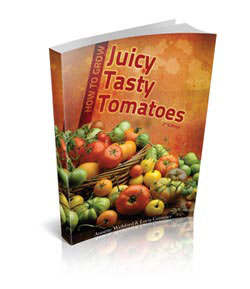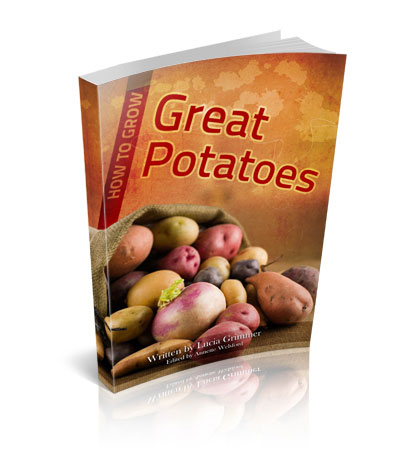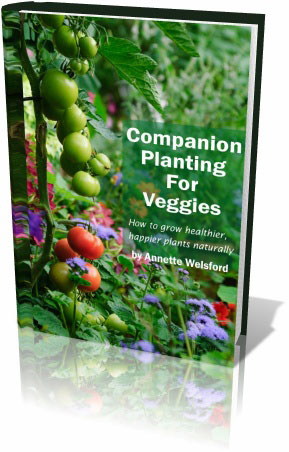Late Blight on Tomatoes
 Late blight is caused by the fungal disease Phytophthora infestans – one of the most devastating diseases of its time. It was the cause of the great Irish potato famine in the 1850’s. Such was the starvation, that millions of Irish people emigrated – just to find food.
Late blight is caused by the fungal disease Phytophthora infestans – one of the most devastating diseases of its time. It was the cause of the great Irish potato famine in the 1850’s. Such was the starvation, that millions of Irish people emigrated – just to find food.
Late blight is a disease that mainly attacks potatoes, tomatoes, capsicums and egg plants although it can sometimes also be found on weeds and ornamentals in the same botanical family (Solanaceae). Other plants that late blight may infect include petunias and nightshades. The disease survives from one season to the next in infected plant residues and potato tubers and can produce millions of spores in cool, wet weather – conditions which favour the disease.
Disease development (growth and reproduction of the fungus) is favoured by moderate temperatures and wet conditions. It can develop in very warm daytime temperatures (35°C or 95°F) if conditions are extremely wet and night temperatures are moderate (15 – 24°C or 60°-75°F). Epidemics can be rapid and devastating.
Early in the season, the disease can be introduced into a garden through infected tomato transplants, infected seed potatoes or capsicum fruits left in or on the ground from the previous season, or it can come from related species of weeds growing in the vicinity of the new growing crop; the disease can also blow in with rain. Spores produced on infected plants can travel through the air, land on new plants, and if the weather is sufficiently wet, cause new infections. Spores can also be washed through the soil to infect potato tubers, which may rot before harvest or later in storage. No commercial cultivars have sufficient resistance to late blight to slow disease development, and once the disease starts, cultural methods of control may not be very effective. Chemical control initiated before the disease begins is the only method that can prevent complete crop destruction.
Symptoms:
Lesions start as greenish, irregular water-soaked spots on leaves, petioles, and/or stems. Under cool, moist conditions, these spots rapidly enlarge to form purplish black lesions which can girdle affected stems. During periods of high humidity and leaf wetness, a cottony white growth is sometimes visible on lower leaf surfaces at the edges of lesions. In dry weather, these infections quickly dry up, and the white growth disappears. On green fruit, grey-green water-soaked spots form, enlarge, merge, and darken, resulting in large, firm, brown, leathery-appearing lesions. If conditions remain moist, abundant white growth (spores) will develop on the lesions, and secondary soft-rot bacteria may follow, resulting in a slimy wet rot of the entire fruit. On ripe fruit, lesions have cream-colored concentric zones which eventually coalesce and affect the entire fruit.
Disease Control
Cultural Control: cultural measures alone won’t prevent disease during seasons with wet, cool weather. However, there are many things that can be done to reduce the risk of contracting this disease:
- Plant only healthy plants. Check to make sure plants are free of lesions on leaves or stems. If growing plants from your own seed, air-dry fresh seed for at least 3 days.
- Destroy solanaceous volunteers and weeds including those in compost heaps. Infected tomato refuse should be buried, bagged or burnt and put into the trash.
- Space, stake, and prune tomato plants to provide good air circulation.
- Avoid wetting foliage when watering, especially in late afternoon and evening.
Resistant Varieties: Planting resistant varieties will slow down (but not prevent) the development of late blight. Resistant tomato varieties will be available soon. The first resistant tomato variety will be a cherry tomato called “Mountain Magic”.
Fungicides: If the growing season is wet and late blight is present, fungicides will be necessary to protect your plants from infection. For home gardeners the only available fungicides that are effective against late blight are protectants, which means that they must be on the foliage before spores land on leaves and initiate infection. (Infection only occurs when the leaves are wet.) Therefore, continuous fungicide coverage is necessary to protect plants from infection. Tomatoes and potatoes are susceptible to late blight at any time during the growing season. Check which products are registered in your area. Product labels must have tomato or potato late blight on the label. If you choose not to use fungicides it’s important that you remove and destroy infected plants to avoid the disease spreading.
Tags: late blight, tomato diseases, Tomatoes












